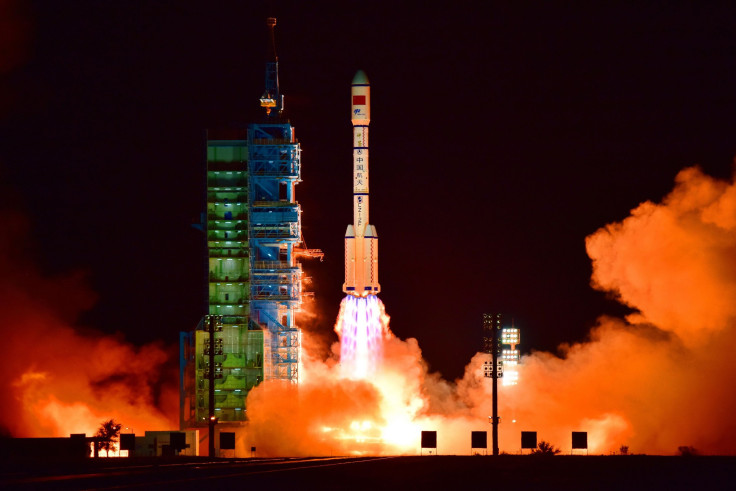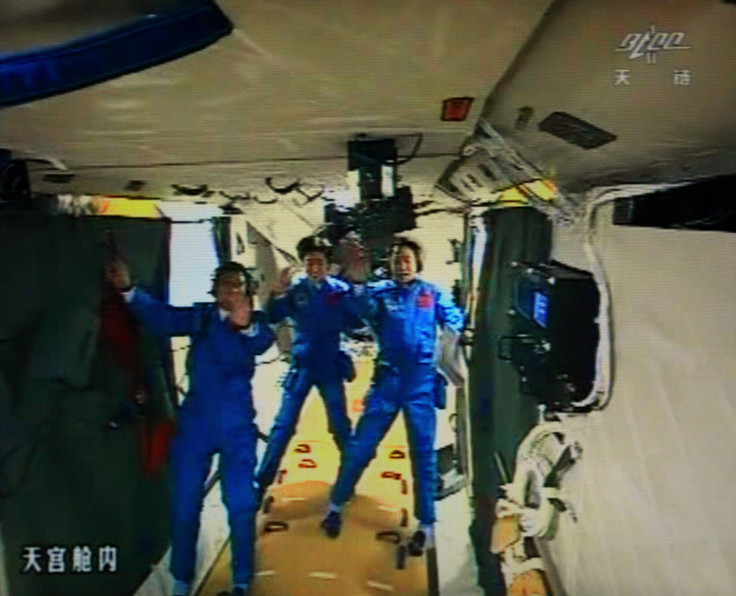China Says Its Space Station Belongs ‘To The World,’ Welcomes Cooperation

China may have ambitious plans for space exploration and research, but it wants to take the route of cooperation. The country’s ambassador to the United Nations said Monday the future China Space Station (CSS) would be open to cooperation and utilization by all U.N. member-countries.
“CSS belongs not only to China, but also to the world. All countries, regardless of their size and level of development, can participate in the cooperation on an equal footing,” Shi Zhongjun said, according to a report by China’s official Xinhua news agency. “Through the vehicle of CSS, we would like to build up a model of sincere mutual beneficial cooperation among countries in the peaceful exploration and use of outer space,” he added.
China has long wanted to participate in the International Space Station (ISS) — at least since 2007 — but has been turned down repeatedly at the behest of the United States. All current participants in the ISS must agree to include any new ones, and the U.S. has been wary of technology transfer, fearing China could use it for military purposes.

The Chinese government has advocated an approach of international exchange and cooperation when it came to aerospace engineering, and space agencies of Russia and European countries have worked with China. Shi’s statements Monday reinforced that view, when he said China wanted to help other developing countries work on their own space programs and advance their space technologies.
“This is an agreement which will allow the entire world to use, for scientific purposes, the China Space Station when it will be ready. It's the first time it is open to all member states. … Opening up of China Space Station, China's facility to everyone will reinforce international cooperation for the peaceful use of outer space,” Simonetta Di Pippo, director of the UN Office for Outer Space Affairs (UNOOSA), told Xinhua in an interview.
The core of the Chinese space station is scheduled for a 2019 launch, with more modules being added and the CSS being complete and operational by 2022, if everything goes according to plan. Called Tinahe (meaning “heavenly harmony”), the core module would have living space for three taikonauts (the Chinese word for astronauts) as well as the main control center for the orbiting laboratory. It would also have a docking station and a robotic arm.
The two lab modules, tentatively called Wentian (“quest for the heavens”) and Mengtian (“dreaming of the heavens”), would dock with Tianhe-1 between 2020 and 2022, and would house various research facilities.
Previously, China had launched Tiangong-1 (“heavenly palace”) in 2011, and it was meant to be the first module of its planned space station, but it failed, and fell to Earth earlier in 2018. Tiangong-2 was launched in 2016, and that module is still in orbit. Two taikonauts spent 30 days aboard it soon after it reached orbit, and a cargo aircraft with refueling capacity also docked with it three times, successfully demonstrating the required technologies for a future space station.
Other than the ISS (an international cooperation) and China’s Tiangong missions, only Russia (before it, the former Soviet Union) and the U.S. have launched space stations successfully. The ISS is the only one currently that always has a crew.
© Copyright IBTimes 2024. All rights reserved.




















